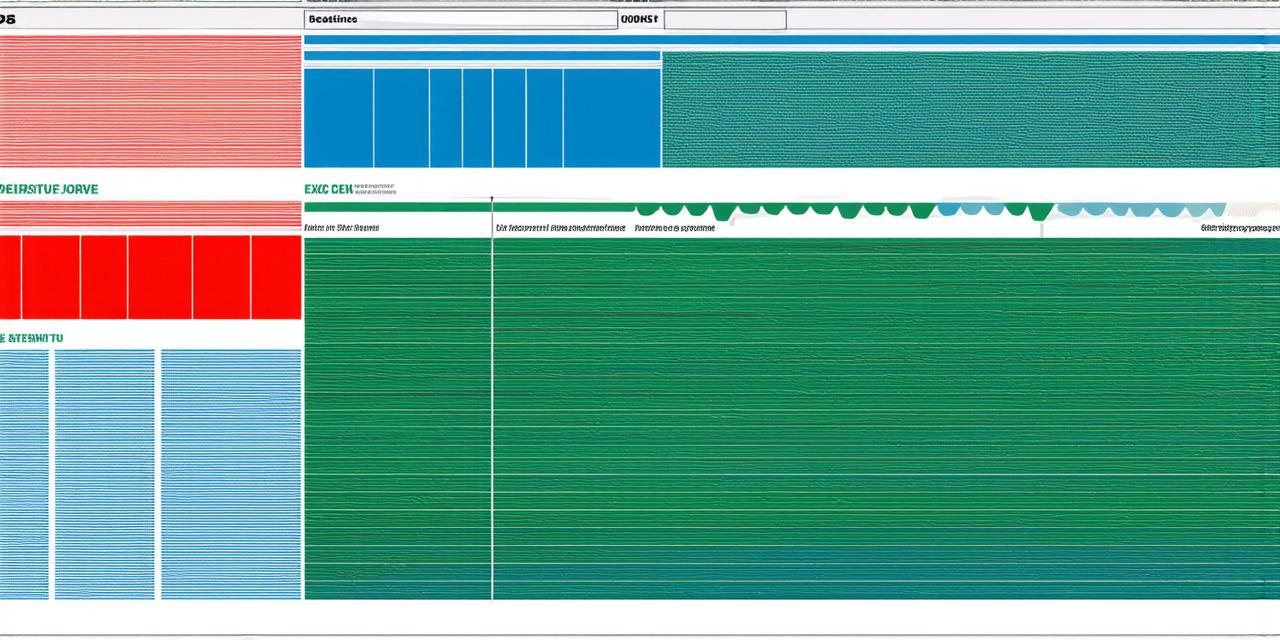The Centers for Disease Control and Prevention (CDC) website is a shining example of what can be achieved through effective web development. The CDC website has evolved over the years, with new features and improvements being added regularly to ensure that it remains relevant and useful to its users.

The Early Years: A Basic Website with Limited Features
In 1994, the CDC launched its first website, which was a basic HTML page that provided information about the agency’s programs and services. The website had limited features, including a search bar and a few links to other pages on the site.
However, despite its simplicity, the CDC website quickly became popular among healthcare professionals and researchers who were looking for up-to-date information about infectious diseases and public health issues.
One of the reasons for the success of the CDC website in its early years was the use of clear and concise language. The website was designed to provide accurate and reliable information to its users, which helped to establish trust and credibility. Additionally, the website’s simple design made it easy for users to navigate and find the information they needed quickly.
The Turning Point: A Dedicated Team of Web Developers
In 2006, the CDC established a dedicated team of web developers to manage its website. This team was tasked with improving the website’s functionality, design, and user experience.
With their expertise in web development, the team was able to create new features and tools that made it easier for users to find the information they needed.
For example, they added a “Find Information” feature that allowed users to search for specific topics using keywords or phrases. They also created interactive maps that showed the spread of infectious diseases across the United States.
Another key factor in the success of the CDC website is its collaboration with subject matter experts and users. By working closely with these stakeholders, the CDC was able to create a website that was both informative and user-friendly.
The Latest Iteration: A Comprehensive and Engaging Website
Today, the CDC website is a comprehensive and engaging resource for healthcare professionals, researchers, and the general public. It has undergone numerous updates and improvements over the years, with new features being added regularly to keep up with changing technologies and user needs.
For example, the website now includes a “Coronavirus (COVID-19)” section that provides up-to-date information about the virus, including guidance on how to prevent its spread and what to do if you think you may have been exposed.
One of the key features of the CDC website is its use of multimedia content, such as videos and images. These elements help to make the website more engaging and accessible, especially for users who are not tech-savvy. Additionally, the website’s design has been improved to make it more visually appealing and easier to navigate.
What Web Developers Can Learn from the CDC Website’s History
There are several key lessons that web developers can learn from the history of the CDC website. These include:
-
User Experience Matters: The success of the CDC website is a testament to the importance of user experience in web development. By prioritizing the needs and preferences of its users, the CDC has been able to create a website that is easy to use and navigate.
-
Continuous Improvement: The CDC website has undergone numerous updates and improvements over the years, with new features being added regularly to keep up with changing technologies and user needs. Web developers can learn from the CDC’s commitment to continuous improvement by regularly updating and improving their own websites to better serve their users.
-
Collaboration: The success of the CDC website is due in part to its collaboration with subject matter experts and users. By working closely with these stakeholders, the team was able to create a website that was both informative and user-friendly. Web developers can learn from the CDC’s example by collaborating with their own stakeholders, such as clients or users, to create websites that better meet their needs.
-
Technology: The CDC website has evolved over time to keep up with changing technologies, such as multimedia content and mobile optimization. Web developers can learn from the CDC’s example by staying up-to-date with the latest web development technologies and incorporating them into their own websites.
-
Data: The CDC website is a prime example of how data can be used to inform and improve website design and functionality. By analyzing user behavior and preferences, the team was able to make data-driven decisions about the website’s design and content. Web developers can learn from the CDC’s example by using data to inform their own website development decisions.
In conclusion, the Centers for Disease Control and Prevention (CDC) website is a shining example of what can be achieved through effective web development. By prioritizing user experience, continuously improving, collaborating with stakeholders, staying up-to-date with technology, and using data to inform decisions, web developers can create websites that better serve their users and establish trust and credibility.



